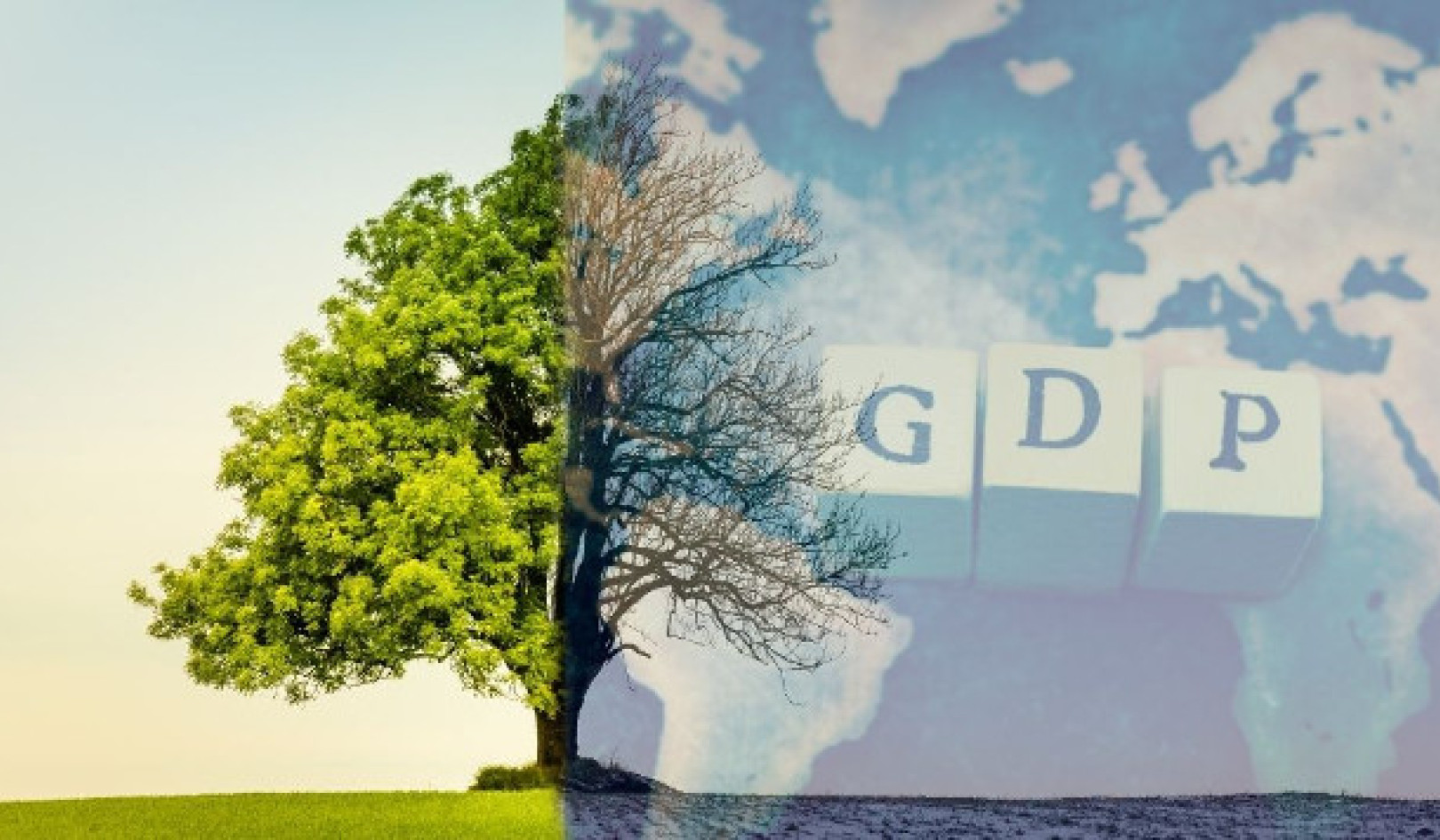 Svetlana.Is / shutterstock
Svetlana.Is / shutterstock
We are living on the planet of the chickens. The broiler (meat) chicken now outweighs all wild birds put together by three to one. It is the most numerous vertebrate (not just bird) species on land, with 23 billion alive at any one time. Across the world, chicken is the most commonly eaten meat. This has made it a vivid symbol of the Anthropocene – the proposed new geological epoch that marks the overwhelming impact of humans on the Earth’s surface geological processes. The modern bird is now so changed from its ancestors, that its distinctive bones will undoubtedly become fossilised markers of the time when humans reigned the planet.
In a recent study together with colleagues, published by Royal Society Open Science, we compared the bones of the modern meat chicken to the bones of their ancestors dating back to Roman times. Modern broiler chickens are radically different – they have a super-sized skeleton, distinct bone chemistry reflecting the homogeneity of their diet and significantly reduced genetic diversity. This is because a modern broiler is twice the size of a chicken from the medieval period and they have been bred for one thing: rapid weight gain.
The speed of growth accelerated in the second half of the 20th century, with the modern broiler putting on weight five times faster than meat chickens from the 1950s. The result is that at just five or six weeks old they are already slaughter ready. The evidence of this extraordinary growth is preserved in their bones, which are less dense and often deformed. Poignantly, these birds cannot even be “rescued” from their factory farms – the strain of their enormous body means that if left to live even for another month, many birds die from heart or respiratory failure.
The modern chicken only exists in its current form due to human intervention. We have altered their genes to mutate the receptor which regulates their metabolism, which means that the birds are always hungry and so will eat and grow more rapidly. Not only that, their entire life cycle is controlled by human technology. For example, the chickens are hatched in factories with computer-controlled temperature and humidity. From one day old, they live under electric lights to maximise the hours they can feed. Their slaughter by machine allows for thousands of birds to be processed every hour.
 A modern broiler at five weeks old, alongside its ancestor the red jungle fowl at six weeks old (same scale). Bennett et al / Royal Society, Author provided
A modern broiler at five weeks old, alongside its ancestor the red jungle fowl at six weeks old (same scale). Bennett et al / Royal Society, Author provided
Domesticated cows, pigs and sheep each number a billion or so, but it is chickens that are the most striking example of the modern biosphere. Their bones are scattered across landfill sites and farms worldwide and therefore have a good chance of being preserved in the rock record as symbols of how our planet and its biosphere has changed from its pre-human state to one dominated by humans and our domesticated animals.
While humans have been selectively breeding chickens since their domestication in south-east Asia around 6,000 years ago, the speed and scale of change in the 20th century is far beyond anything observed in the past. From the 1950s, the chicken population has risen in step with the rise in human population, as has our use of fossil fuels, plastics and other resources: now, this enfeebled and short-lived animal is more numerous than any bird species in Earth history.
 Controlled by humans – and their computers. David Tadevosian / shutterstock
Controlled by humans – and their computers. David Tadevosian / shutterstock
What does the future hold? Right now, chicken consumption is on the rise. The meat is cheap, and many are moving away from beef and pork in order to reduce their greenhouse gas emissions. Somehow we must adapt to a growing population in a world affected by climate change. But business as usual may be off the cards. In a surprising move, the world’s largest chicken producers – Tyson Foods and Perdue Farms – are now investing in plant-based proteins. Does this mean the era of chickens could be over in a (geological) instant?
Nevertheless, the record of this human-engineered bird will be forever set in stone. Any intelligent species which arises in the far future – hyper-evolved rats or octopuses, perhaps? – will have a puzzle on their hands (or tentacles) in trying to figure out how and why millions of these rapidly-evolved bones lie mixed with the technofossil debris of the huge petrified dumpsites we will leave behind. As these future explorers reconstruct this bird – a creature far more helpless than the dodo – they may well rumble it too as a technological construct.![]()
About The Authors
Carys Bennett, Honorary Fellow in Geology, University of Leicester; Jan Zalasiewicz, Senior Lecturer in Palaeobiology, University of Leicester; Mark Williams, Professor of Palaeobiology, University of Leicester, and Richard Thomas, Reader in Archaeology, University of Leicester
This article is republished from The Conversation under a Creative Commons license. Read the original article.
Related Books
at InnerSelf Market and Amazon























